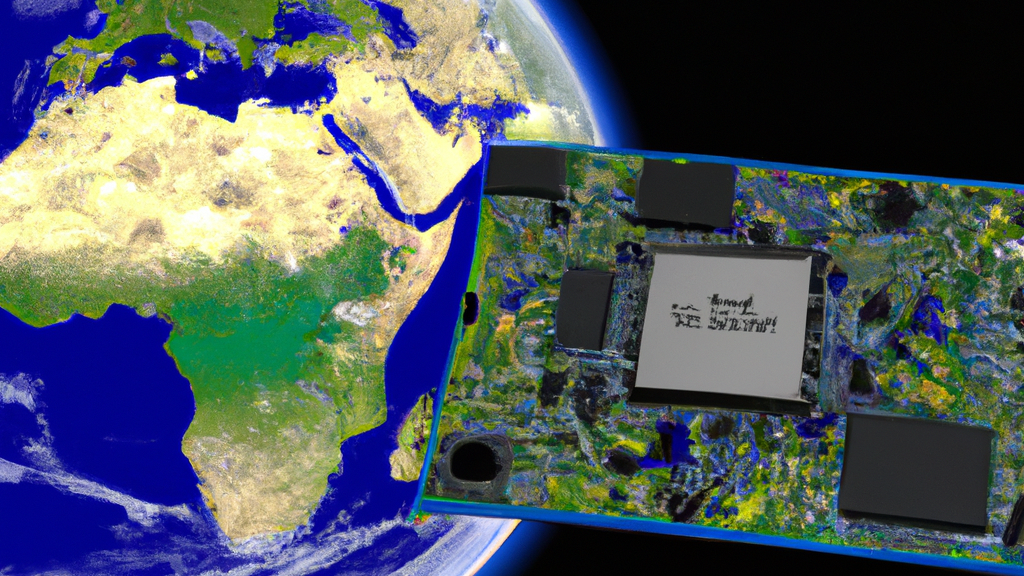The space industry has used FPGAs for more than a decade with a good success. The potential for FPGA use in space is steadily increasing, continuously opening up new application areas. They allow to reduce the time-to-market and to give access to cutting edge technology. To operate in space, the hardware needs protection against radiation-based events. It requires a deep knowledge of radiation hardening techniques. But, FPGA isn’t just hardware. One of the biggest challenge is to conceive an efficient design suite which handles today’s complex applications. Thanks to ESA and CNES, Nanoxplore has developed a radiation hardened FPGA portfolio with a complete RTL to bitstream flow called “Impulse”. In order to accelerate the development of the European FPGA solution, this project proposes to add an open source FPGA toolchain support. It will allow the open source community to participate improving the ecosystem. An open source FPGA flow requires 2 main components: synthesis and place and route. In synthesis, the design is parsed, optimised and mapped to the FPGA's available technology. The resulting netlist is then used by a place and route tool that understands how the FPGA is structured in terms of logical elements and wiring. The final design is then converted to the FPGA's bitstream format and uploaded via some programming interface. By working together, YosysHQ and Nanoxplore will create an open source FPGA flow targeting the Nanoexplore space qualified FPGAs.

